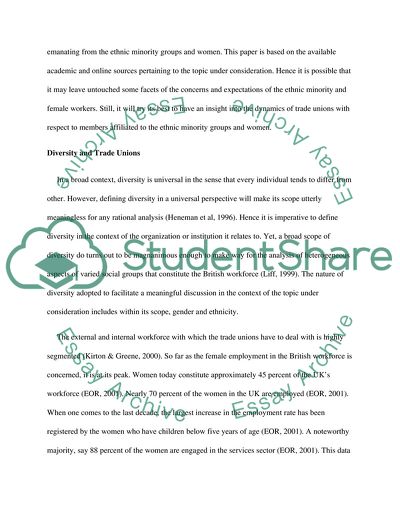Cite this document
(“Women, Minority Ethnic Groups, and Transform Unions Essay - 1”, n.d.)
Women, Minority Ethnic Groups, and Transform Unions Essay - 1. Retrieved from https://studentshare.org/politics/1576349-in-what-ways-do-women-and-minority-ethnic-groups-seek-to-transform-unions-and-how-do-unions-respond
Women, Minority Ethnic Groups, and Transform Unions Essay - 1. Retrieved from https://studentshare.org/politics/1576349-in-what-ways-do-women-and-minority-ethnic-groups-seek-to-transform-unions-and-how-do-unions-respond
(Women, Minority Ethnic Groups, and Transform Unions Essay - 1)
Women, Minority Ethnic Groups, and Transform Unions Essay - 1. https://studentshare.org/politics/1576349-in-what-ways-do-women-and-minority-ethnic-groups-seek-to-transform-unions-and-how-do-unions-respond.
Women, Minority Ethnic Groups, and Transform Unions Essay - 1. https://studentshare.org/politics/1576349-in-what-ways-do-women-and-minority-ethnic-groups-seek-to-transform-unions-and-how-do-unions-respond.
“Women, Minority Ethnic Groups, and Transform Unions Essay - 1”, n.d. https://studentshare.org/politics/1576349-in-what-ways-do-women-and-minority-ethnic-groups-seek-to-transform-unions-and-how-do-unions-respond.


